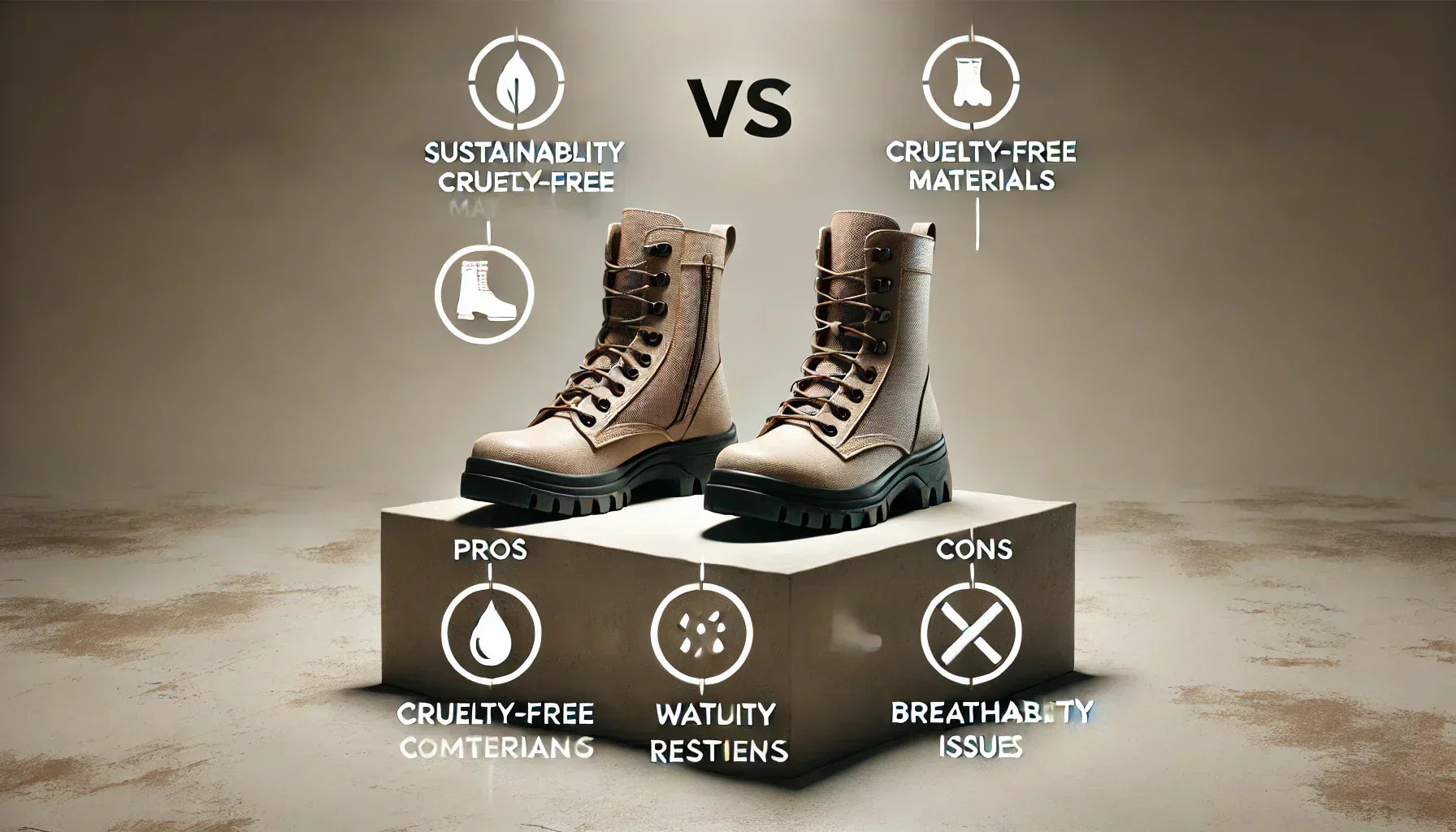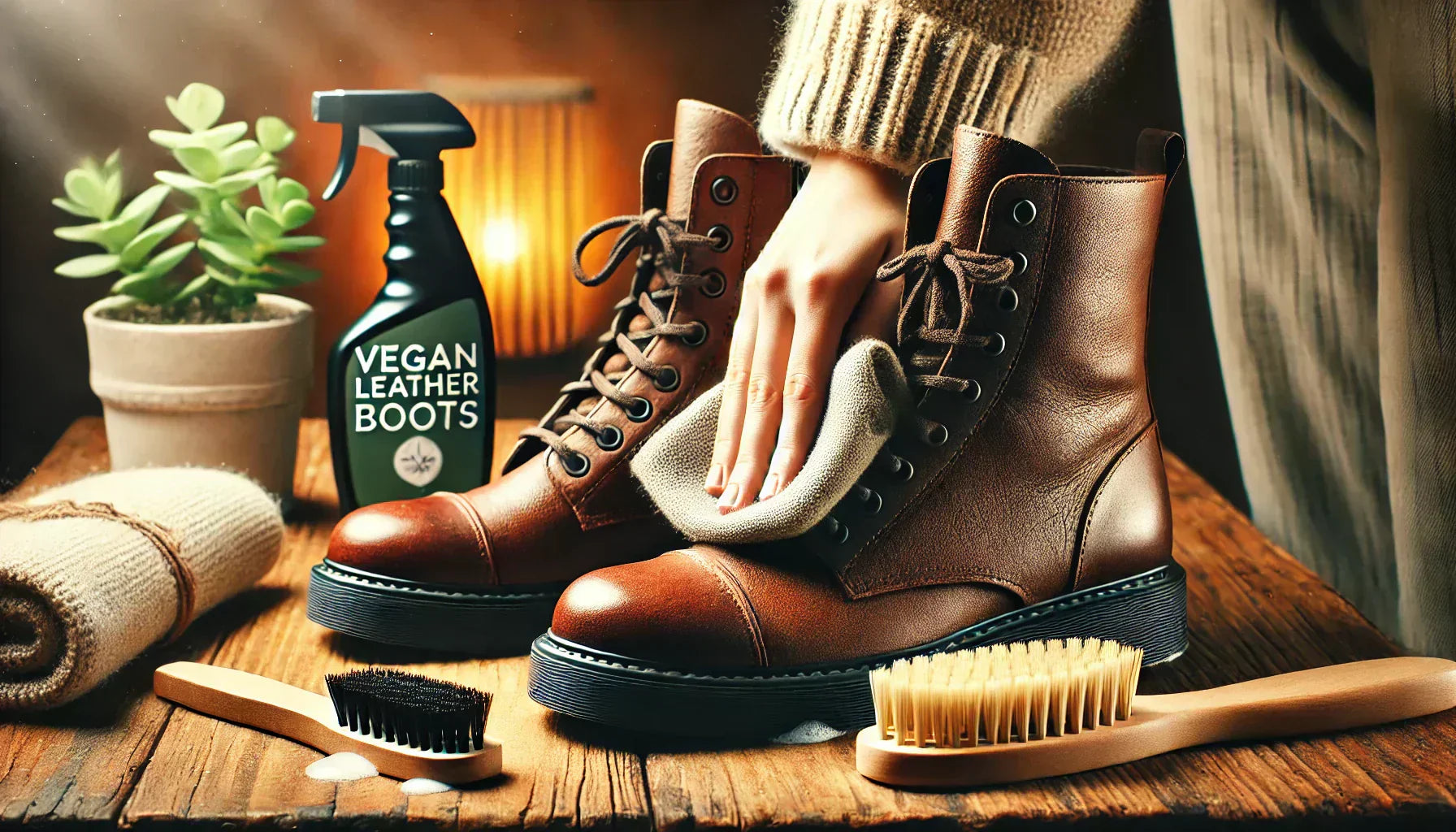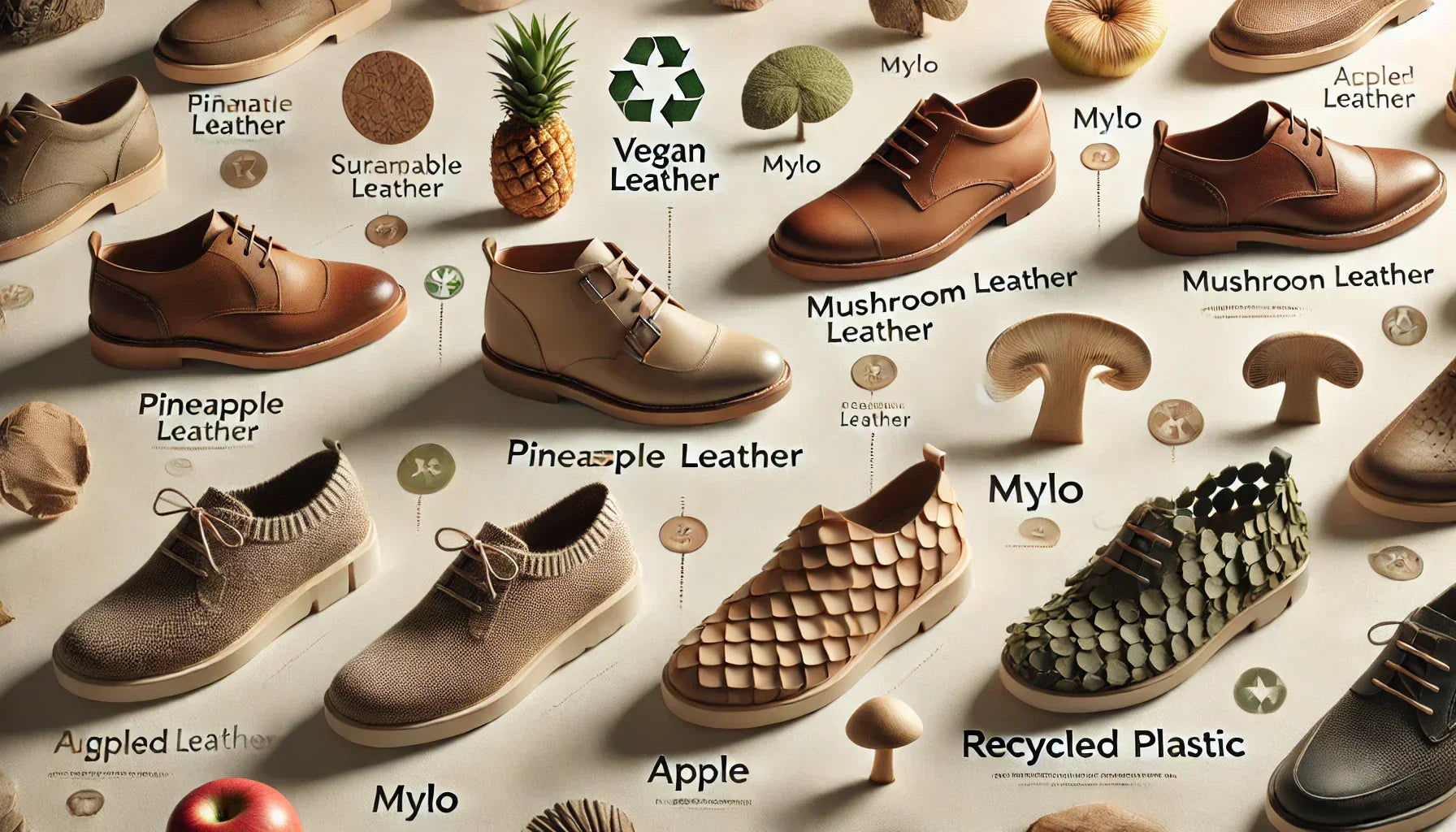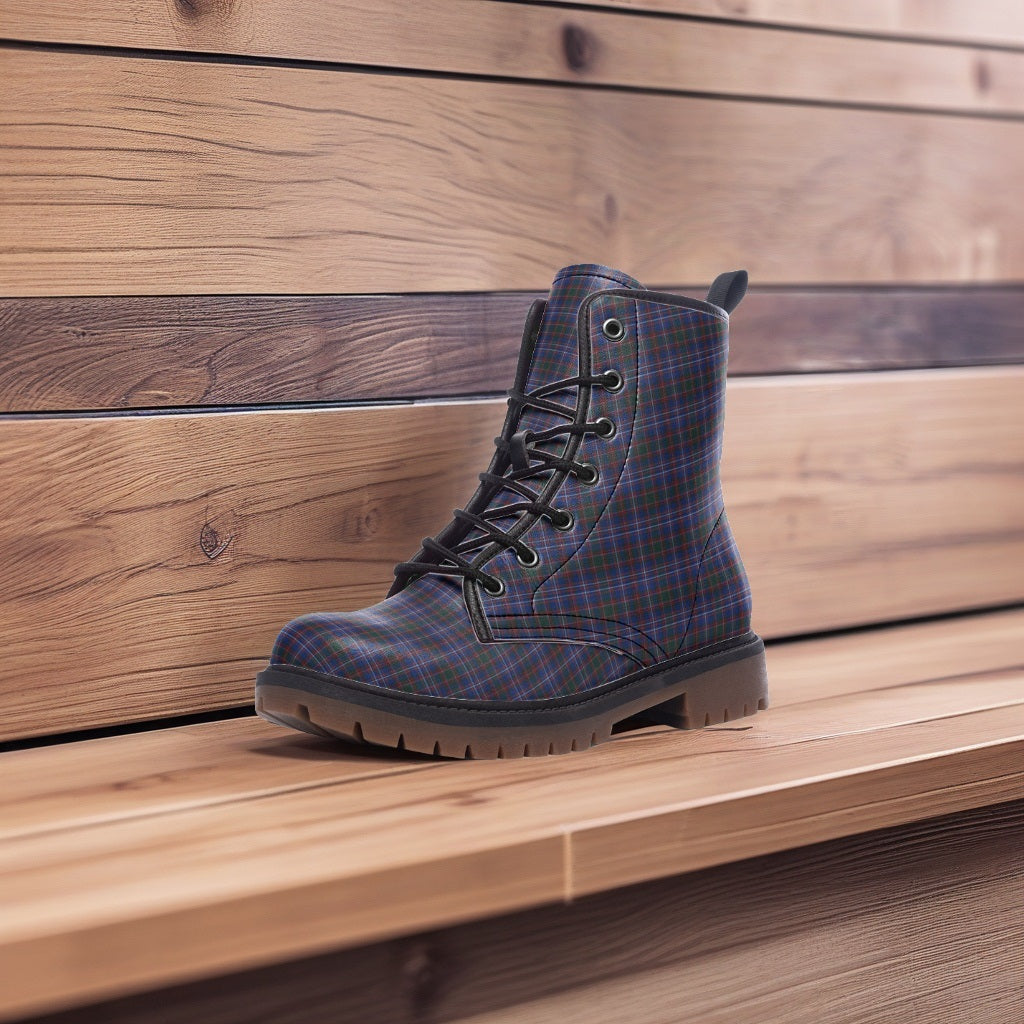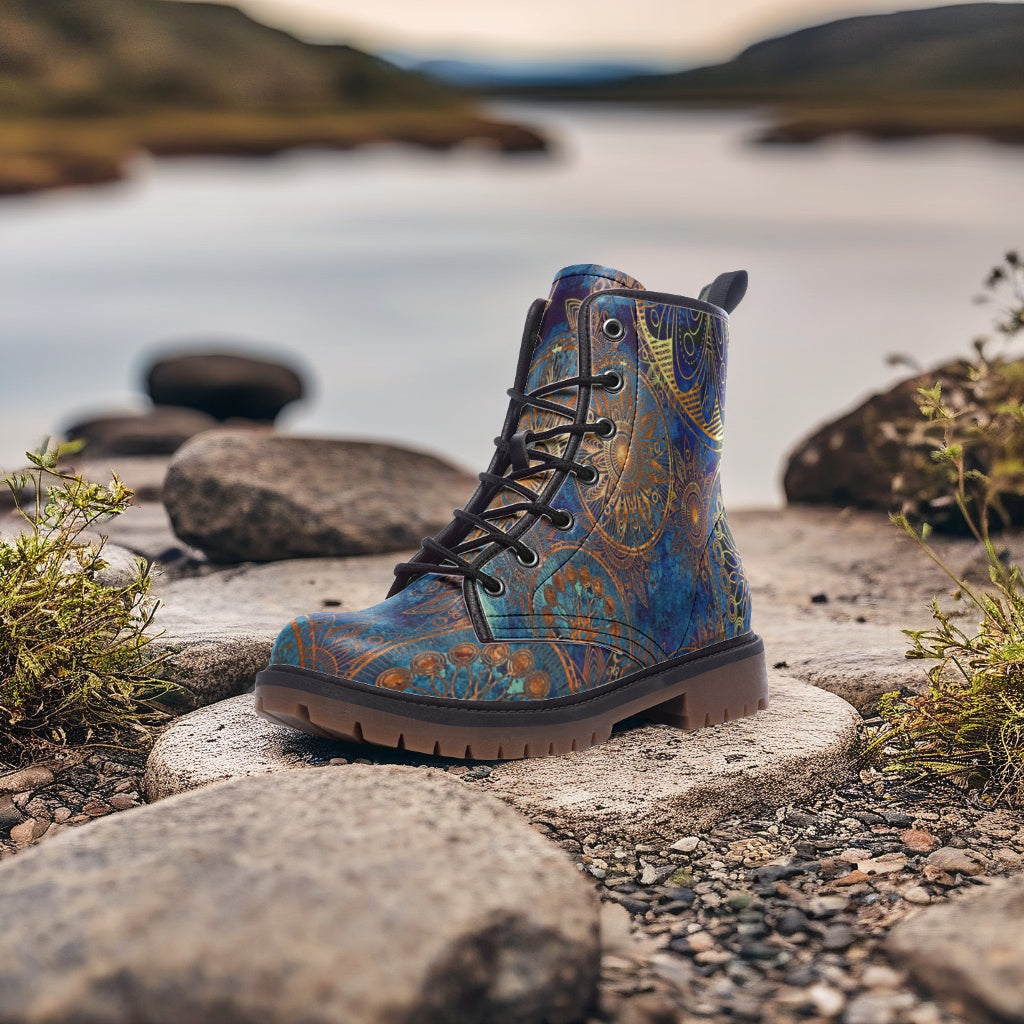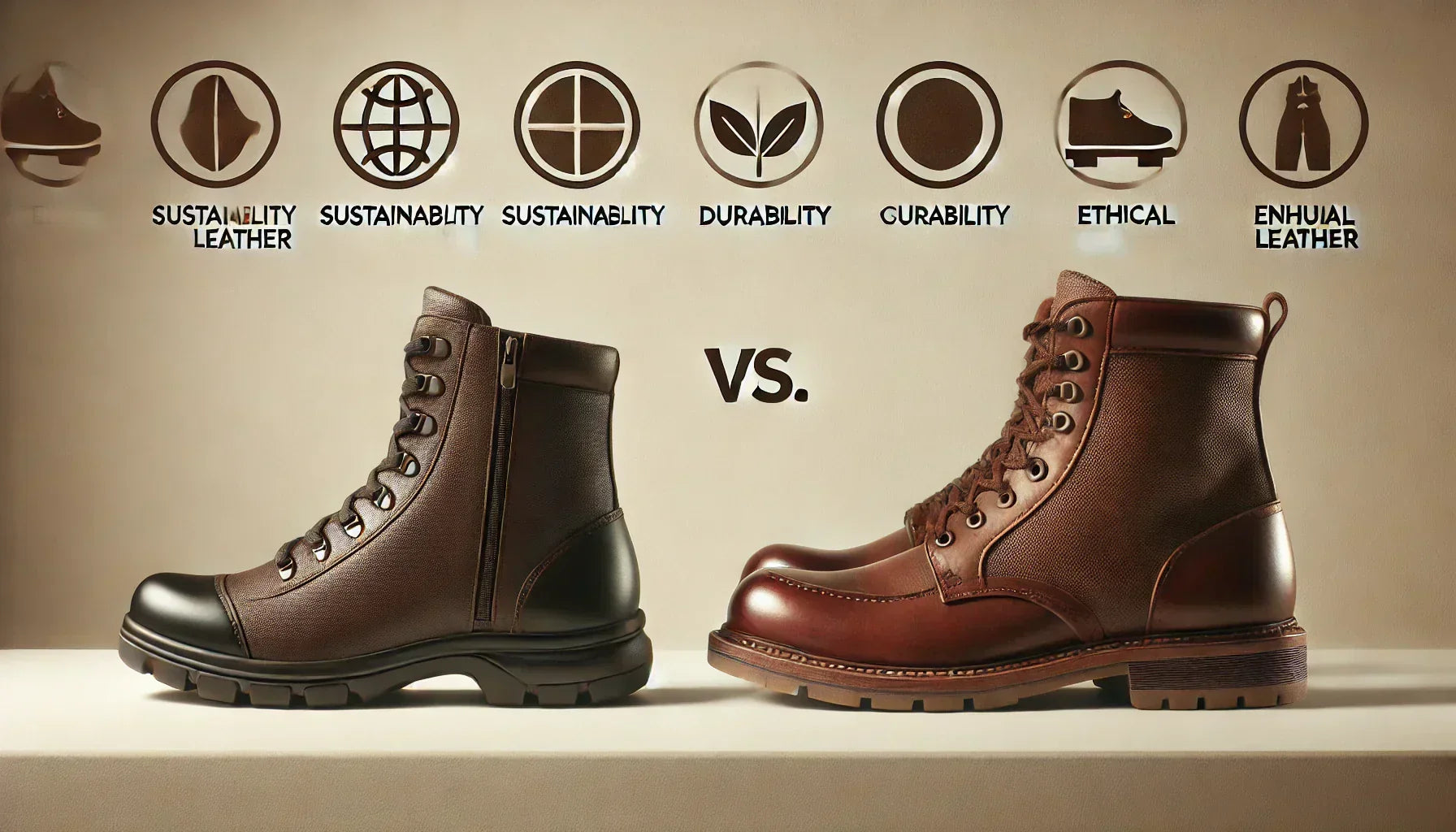
Vegan Leather vs. Genuine Leather: Which One is Better?
Introduction
When it comes to choosing between vegan leather and genuine leather, many consumers find themselves torn between ethical concerns, durability, and style. Vegan leather offers a cruelty-free alternative, but how does it compare in terms of quality, longevity, and environmental impact? In this guide, we break down the key differences, pros, and cons of both materials to help you make an informed decision.
1. What is Vegan Leather?
Definition & Composition
Vegan leather is a synthetic or plant-based alternative to traditional leather that does not use any animal products. It is commonly made from:
✅ Polyurethane (PU) Leather – A flexible, affordable synthetic material. ✅ Microfiber Leather – More durable and breathable than standard PU leather. ✅ Piñatex (Pineapple Leather) – A sustainable option made from pineapple leaves. ✅ Mushroom Leather (Mylo) – A biodegradable, eco-friendly innovation.
Pros of Vegan Leather
✔ Cruelty-free – No animals harmed. ✔ More sustainable – Some options use recycled or plant-based materials. ✔ Lightweight & low maintenance – Easier to clean than genuine leather. ✔ More affordable – Generally costs less than high-quality genuine leather.
Cons of Vegan Leather
❌ Less durable – May peel or crack over time, especially PU leather. ❌ Plastic-based impact – PU leather is derived from fossil fuels. ❌ Breathability issues – Can be less breathable than genuine leather.
The Pros and Cons of Vegan Leather Combat Boots – Should You Buy?
2. What is Genuine Leather?
Definition & Composition
Genuine leather is made from animal hides, primarily cowhide, and is processed through tanning. There are different types of leather:
✅ Full-grain leather – The highest quality, durable, and breathable. ✅ Top-grain leather – Slightly corrected for a smoother finish. ✅ Genuine leather (split leather) – Lower quality but still real leather. ✅ Bonded leather – Made from leather scraps and adhesives.
Pros of Genuine Leather
✔ Highly durable – Can last decades with proper care. ✔ Develops a patina – Gains character over time. ✔ Breathable & comfortable – Adapts to foot shape, reducing sweat. ✔ Biodegradable – Natural leather decomposes over time.
Cons of Genuine Leather
❌ Not cruelty-free – Requires animal hides. ❌ Expensive – Full-grain leather can be costly. ❌ Requires maintenance – Needs conditioning to prevent drying out. ❌ Environmental impact – Tanning processes can be harmful.
3. Durability & Longevity: Which Lasts Longer?
📌 Genuine Leather:
-
Full-grain leather lasts decades with proper care.
-
Requires conditioning but becomes softer and stronger over time.
📌 Vegan Leather:
-
PU and microfiber leather last 3-5 years on average.
-
Prone to cracking or peeling but easier to maintain.
🏆 Winner: Genuine Leather (for longevity), but high-quality vegan leather is improving.
4. Environmental Impact: Which is More Sustainable?
🌍 Genuine Leather:
-
Uses natural materials, but requires livestock farming, which contributes to deforestation and CO₂ emissions.
-
Traditional tanning processes use toxic chemicals like chromium.
🌱 Vegan Leather:
-
PU-based vegan leather involves plastic production.
-
Plant-based leathers (Piñatex, Mylo) have a much lower environmental footprint.
🏆 Winner: Plant-based Vegan Leather (Best eco-friendly choice). PU leather is less sustainable.
5. Style & Aesthetic Appeal
📌 Genuine Leather:
-
Develops a unique patina over time.
-
Looks premium and luxurious.
-
Limited color & texture options.
📌 Vegan Leather:
-
Available in more colors & textures.
-
Can mimic exotic leathers without harming animals.
-
Does not develop patina.
🏆 Winner: Tie – Vegan leather offers variety, genuine leather offers timeless luxury.
6. Cost Comparison
💰 Genuine Leather: Expensive – High-end brands charge $200-$1000+ for premium leather boots. 💰 Vegan Leather: More affordable – Quality options range from $50-$300.
🏆 Winner: Vegan Leather (budget-friendly, but may need replacing sooner).
7. Which One Should You Choose?
📌 Choose Vegan Leather If:
-
You want an ethical, cruelty-free alternative.
-
You prefer budget-friendly boots.
-
You like a variety of modern designs and colors.
📌 Choose Genuine Leather If:
-
You need long-term durability and are willing to maintain it.
-
You appreciate the luxury and natural aging of real leather.
-
You are comfortable with the higher price point.
🏆 Final Verdict: For sustainability and ethics, plant-based vegan leather wins. For durability and longevity, genuine leather is superior.
Conclusion
Both vegan leather and genuine leather have their strengths and weaknesses. If you prioritize ethics and affordability, vegan leather is the way to go. If you want luxury and durability, genuine leather is unbeatable.
➡️ Looking for high-quality vegan leather boots? Check out our latest collection [here]!
📖 Read More:


